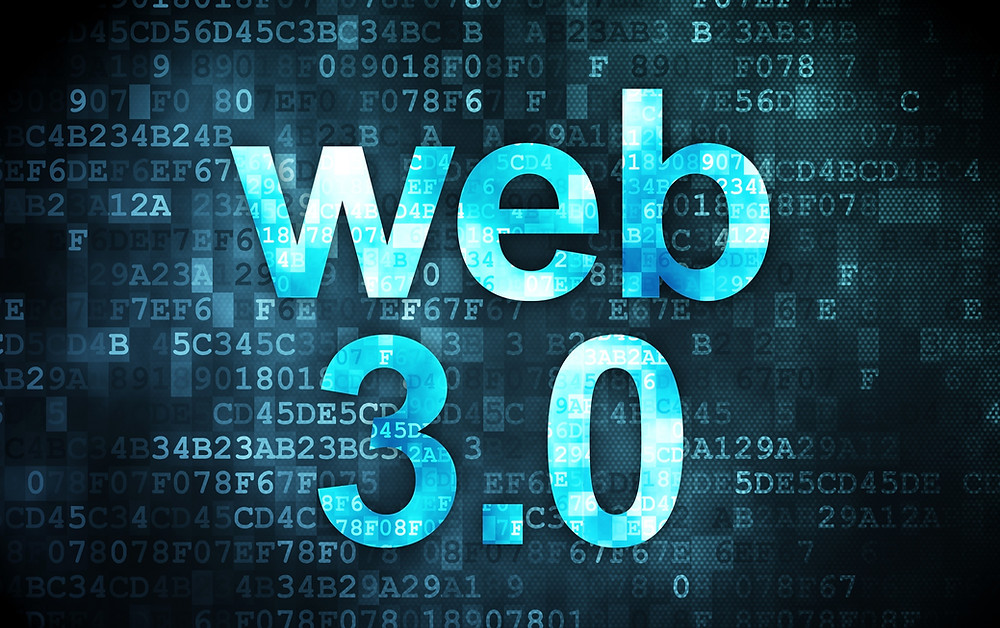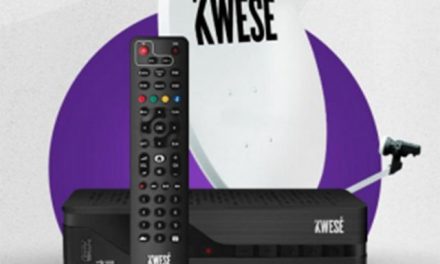You probably have heard about the term Web 3.0. I think if you are someone who spends considerable time on Twitter you must have heard about it by now. Side note: this is a perfect time for me to say something about Twitter. If you are not already on and using Twitter you could be missing out. I cannot even begin to quantify the stuff I have learned and benefited from Twitter in the past few months. Anyways, I saw first and have been seeing lots of discussions around Web 3.0 on Twitter. With that background, I thought it would be great to break down what Web 3.0 means.
What Is Web 3.0?
The shortest definition of Web 3.0 is a decentralized internet. However, that might not make sense to many of you so let us explore further. For those of you that understand blockchain and cryptocurrency, you would have already gotten what I mean.
Anyways, let us go back in time a bit. The ‘3.0’ aspect implies that the nature of the web or internet has undergone 2 major phases or layers before. The first one, let us call it Web 1.0, was the read-only web or internet. You could not create, edit or make any changes – save for the actual developers only.
Then we moved to Web 2.0, this is where we currently are. This is an era where we are using a read-write web. Consider your social media platforms as an example. This means you can also create, edit or make changes even as an ordinary user. Web 3.0 is steadily coming up and still holds the read-write functionality. However, there is one major distinction it carries from Web 2.0 – decentralization.
This means there is no mediation as is the case with, for example, Google. With Web 3.0 your data is not owned by some large corporation e.g. Google or Facebook. It is decentralized and this is all possible due to the use of blockchain technology.
Blockchain technology entails that the data in question is held on a database that is not centralized. Rather it is handled or managed by numerous people (i.e. PCs) across the globe. This in essence makes the database (i.e. the blockchain) decentralized. This is because the framework involves peer-to-peer handling or management of data.
Why The Use Of Blockchain Is Revolutionary
So far I have pointed out to you what differentiates Web 3.0 from Web 2.0 right? It is decentralization and that decentralization is brought about by blockchain technology. Why use blockchain though? Answering that question will help you understand why Web 3.0 is becoming a big deal.
In simpler terms, a blockchain is a chain of blocks. A block is simply a piece of data. That data can be any of many things e.g. a transaction, a process, and so on. These blocks have to be validated for them to be added to the chain (i.e. blockchain). These validations are done based on consensus frameworks – I will not go into detail on that. My core point here is that what happens on a blockchain is validated using consensus. No wonder the ‘peer-to-peer’ aspect I mentioned earlier.
With all that said, you can see how Web 3.0 promises to be more secure. It also promises to be more transparent. There is also that immutability attribute i.e. you cannot just come in and alter stuff. All these elements lead to greater data privacy and security. No central authority somewhere gets to choose what to do with your data. This is why Web 3.0 is steadily taking over but of course, it will take some time. Web 3.0 applications or platforms are not that easy to develop – they are complex. However, with time and even sooner Web 3.0 will eclipse Web 2.0.
So I am sure this has gotten you up to speed on Web 3.0 is. Web 3.0 is also called Web3. Web 1.0 was that time when stuff on the internet was websites or content you could just read-only. Web 2.0 brought in the read and write functionality as is the case with social media platforms, for example. Web 3.0 carries that functionality but goes ahead to remove the centralization of data. Some of the applications of Web 3.0 already abuzz are NFTs which I have covered before. There are numerous other applications as well e.g. personal identification security, secure sharing of medical data, and supply chain and logistics monitoring systems, amongst many others.








